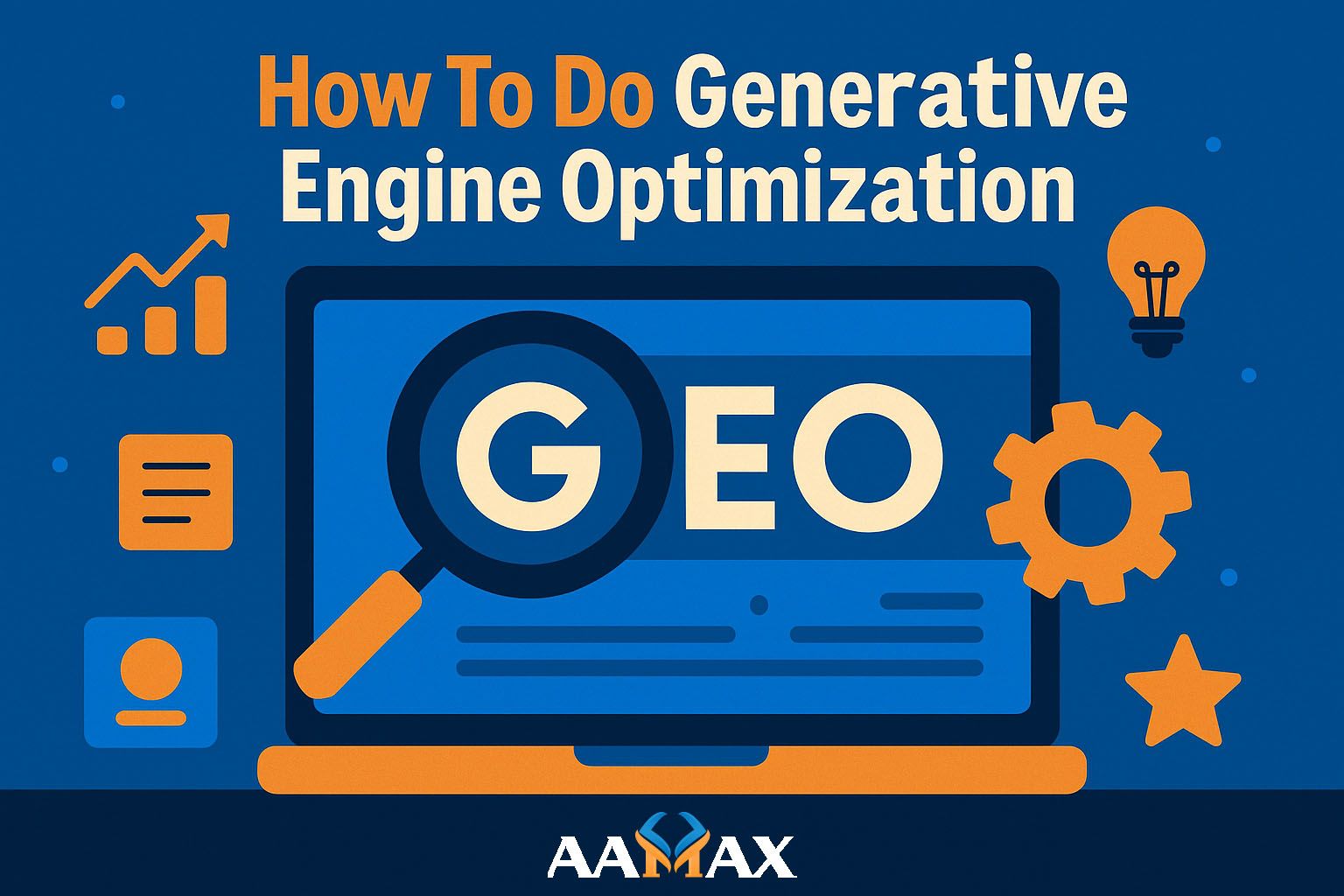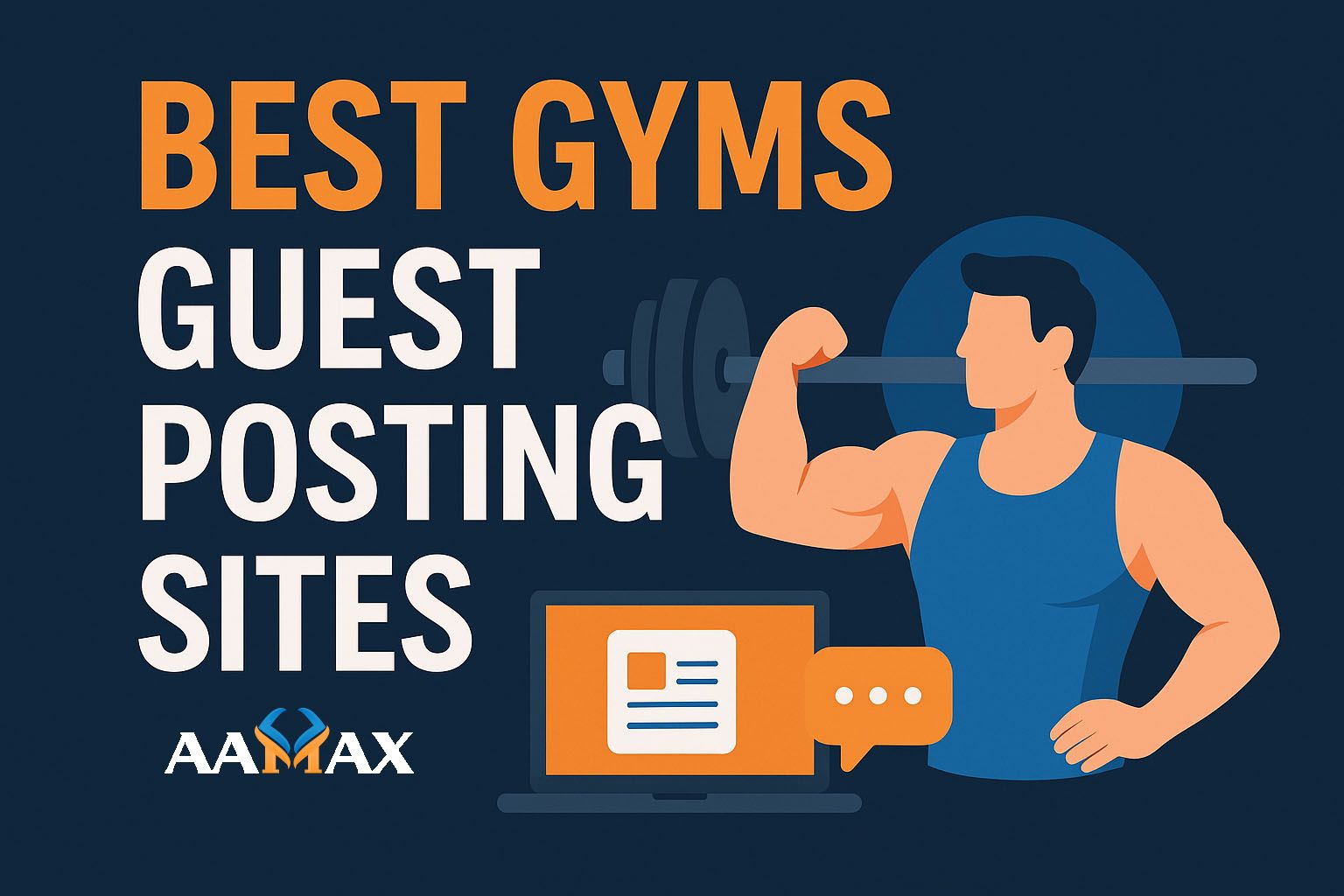
How To Do Generative Engine Optimization
Search is changing rapidly, and Generative Engine Optimization (GEO) is leading that transformation. Traditional SEO has long focused on ranking high in search results for keywords, backlinks, and metadata. But now, with the rise of AI-powered search systems like ChatGPT, Google Gemini, Bing Copilot, and Perplexity AI, we are entering a new phase — one where AI engines generate direct, conversational answers instead of simply showing a list of links.
In this new landscape, brands and websites must adapt their strategies to remain visible, trustworthy, and authoritative. This detailed guide explains how to do Generative Engine Optimization step-by-step, what factors influence generative visibility, and which best practices will ensure your content is AI-friendly.
What Is Generative Engine Optimization (GEO)?
Generative Engine Optimization is the process of optimizing your content and digital presence so that AI-powered engines — like large language models and generative search assistants — can understand, trust, and cite your brand as a reliable source when generating responses.
Unlike traditional SEO, where the goal is to appear as one of ten search results, GEO focuses on becoming the source behind AI-generated summaries or conversational answers. This means your content must be structured, factual, semantically rich, and deeply authoritative.
Why GEO Matters in 2025 and Beyond
Generative AI models like ChatGPT, Gemini, and Bing Copilot now shape how people find and consume information. Instead of typing a keyword like “best electric cars 2025” and scrolling through links, users simply ask, and AI provides an immediate, summarized answer.
If your brand is not optimized for this new search format, you risk disappearing from visibility altogether — even if your site ranks well in Google. GEO ensures your website remains discoverable and relevant in AI-driven ecosystems.
Key Benefits of GEO
- AI Citation Visibility: Your content can be referenced or summarized by generative models.
- Brand Authority: Builds trust with users as AI engines recognize your domain as a source.
- Future-Proof SEO: Keeps your business competitive in the era of AI-based search.
- Increased Organic Traffic: GEO-ready content attracts both traditional searchers and AI-driven visitors.
How Generative Search Engines Work
To do GEO effectively, you need to understand how generative engines process content. These engines — powered by LLMs (Large Language Models) — don’t rely solely on keyword matching. Instead, they use semantic comprehension and entity recognition to interpret meaning and relationships.
Here’s how they generally work:
- Crawling and Indexing: The AI scans and ingests data from web pages, knowledge graphs, and structured data.
- Understanding Relationships: It identifies entities (like brands, people, products) and how they connect contextually.
- Generating Summaries: Using learned context, it creates answers that synthesize the most relevant information.
- Citing Sources: Some models include citations or “learn more” links from authoritative websites.
Your goal in GEO is to make your content easy for AI to read, understand, and trust enough to use it in its answers.
Step-by-Step: How To Do Generative Engine Optimization
Let’s explore the exact steps to perform GEO successfully.
1. Conduct Entity-Based Keyword Research
Traditional keyword research focuses on search volume and competition. GEO, however, is built around entities — identifiable concepts like people, places, organizations, or topics.
How to Do It
- Use tools like InLinks, MarketMuse, or Google’s Knowledge Graph API to find key entities relevant to your niche.
- Map relationships between your main entity (e.g., your brand) and related sub-entities.
- Include semantic terms, synonyms, and contextual connections naturally in your content.
Example
Instead of targeting only “SEO services”, include related entities like “digital marketing,” “generative AI search,” “web optimization,” and “semantic SEO.”
This approach helps AI models understand what your content represents, making it easier to associate with relevant queries.
2. Optimize for E-E-A-T (Experience, Expertise, Authoritativeness, Trustworthiness)
Generative engines rely heavily on E-E-A-T signals to determine whether a source should be cited.
How to Apply E-E-A-T in GEO
- Add author bios with credentials and professional experience.
- Use factual, well-researched content supported by credible references.
- Display trust elements like SSL security, testimonials, and transparent contact info.
- Publish content regularly to show domain authority.
By demonstrating real expertise, you build trust signals that AI models detect and favor in summaries.
3. Enhance Semantic and Structured Data
Structured data (schema markup) plays a vital role in helping AI engines understand your content’s context and meaning.
Best Practices
- Use Schema markup for articles, FAQs, products, and organization details.
- Implement JSON-LD to identify entities, business info, and relationships.
- Build internal linking structures that connect semantically related topics.
Structured data ensures that AI systems can accurately interpret what your site offers and how it fits within larger knowledge graphs.
4. Create Content That Answers Questions
Generative engines are built to answer queries, not just show pages. That means your content must directly respond to user questions in a conversational, informative, and complete way.
How to Do It
- Identify “People Also Ask” queries and AI-generated questions (via tools like AlsoAsked or Frase).
- Use question-based H2 or H3 headings in your articles.
- Write comprehensive answers in a natural, conversational tone.
- Include concise definitions, examples, and context.
This type of structured, question-based content helps AI engines extract and summarize your information easily.
5. Use AI Readability and Content Scoring Tools
GEO is about making your content machine-friendly without sacrificing human readability. Tools like Surfer SEO, Clearscope, and Frase provide content scores that evaluate semantic coverage, readability, and topic alignment.
Optimization Checklist
- Maintain a readability score suitable for your target audience.
- Cover all important subtopics and entities within the theme.
- Avoid keyword stuffing; focus on semantic completeness.
- Include lists, tables, and concise summaries for clarity.
AI engines favor content that’s easy to understand, well-structured, and logically formatted.
6. Build Brand Authority Across the Web
Generative models pull data from multiple online sources — not just your website. To appear in AI-generated answers, your brand must have a strong digital footprint.
Strategies to Strengthen Brand Authority
- Earn high-quality backlinks from authoritative domains.
- Be mentioned on reputable publications or partner sites.
- Maintain consistent brand mentions across social media, press releases, and directories.
- Optimize your Google Business Profile for local visibility.
The more consistent and authoritative your brand appears, the higher the likelihood that AI engines will consider it a trustworthy reference.
7. Optimize for Multimodal and Conversational Search
AI-driven platforms are becoming multimodal — combining text, images, and voice search. Optimizing for GEO means adapting your content to all these formats.
Key Steps
- Add descriptive alt text for all images.
- Create voice-friendly FAQ sections.
- Use natural language and long-tail phrasing.
- Embed videos or visuals that explain key concepts.
AI tools like ChatGPT or Bing Copilot often integrate multiple data forms when generating responses. Multimodal optimization ensures your content is included in more contexts.
8. Monitor AI Mentions and Visibility
Just as we track keyword rankings in SEO, GEO requires monitoring where and how your brand appears in AI-generated responses.
Tracking GEO Success
- Use platforms like SEMRush Brand Monitoring, BuzzSumo, or ChatGPT Search Tracker (third-party tools) to track mentions.
- Ask AI tools (e.g., “What are the best SEO agencies?”) to see if your brand appears in answers.
- Analyze conversational data from chat-based search engines.
By monitoring these outputs, you can refine your strategy and ensure your content is being recognized by AI sources.
9. Maintain Freshness and Topical Relevance
AI systems value up-to-date information, so outdated content can reduce your visibility. Regular updates keep your site dynamic and signal that your brand remains relevant.
How to Keep Content Fresh
- Schedule quarterly reviews of all cornerstone content.
- Update facts, statistics, and case studies.
- Add new internal links to recent related posts.
- Republish optimized pages when significant updates occur.
Generative engines prefer timely and authoritative data over static, outdated pages.
10. Combine Traditional SEO with GEO
While GEO is the future, it doesn’t replace traditional SEO — it builds upon it. Keyword optimization, technical SEO, and link building still matter, but now they need to work alongside AI-centric practices.
Key Integrations
- Continue optimizing for core web vitals and mobile performance.
- Use link-building strategies that strengthen topic authority.
- Combine GEO-ready content with metadata optimization.
- Maintain sitemap and indexing consistency for all pages.
The ideal approach is a hybrid model — one that balances user search intent, AI interpretation, and technical performance.
Common GEO Mistakes to Avoid
Many businesses struggle with GEO because they focus too narrowly on traditional SEO tactics. Here are common pitfalls to avoid:
- Keyword Overload: AI prefers context, not repetition.
- Ignoring Structured Data: Without schema, your content lacks machine context.
- Low-Quality Backlinks: AI models detect spammy or irrelevant sources.
- Generic Content: AI models need depth, accuracy, and originality.
- Lack of Author Information: Without clear expertise, your site lacks credibility.
Avoiding these mistakes ensures your site remains both human-friendly and AI-accessible.
Future of Generative Engine Optimization
Generative Engine Optimization is still evolving, but the direction is clear — AI will define the future of search visibility.
Over the next few years, expect:
- More AI models that directly reference verified sources.
- Integration of real-time citations in AI answers.
- Growth of tools that measure AI citation frequency.
- Greater focus on brand authority over link metrics.
GEO isn’t just another SEO trend; it’s the next evolutionary step in how digital discovery works.
Partner with Experts to Implement GEO Effectively
Implementing GEO involves complex technical and strategic tasks — from semantic mapping and schema optimization to AI-friendly content creation. For many businesses, this requires professional expertise.
To stay ahead, consider partnering with AAMAX — a full-service digital marketing company offering Web Development, SEO, and Digital Marketing services. AAMAX’s experts help brands future-proof their online presence by optimizing content for both search engines and generative AI models, ensuring long-term visibility and growth.
Conclusion
Generative Engine Optimization is reshaping how brands approach search visibility. It’s not just about keywords anymore — it’s about entities, trust, and machine understanding.
By applying strategies such as entity-based optimization, structured data, E-E-A-T implementation, and AI content scoring, businesses can make their content discoverable in the new AI-driven search ecosystem.
The earlier you adopt GEO, the stronger your long-term advantage will be. As search continues to evolve, those who align with AI comprehension and trust-building principles will dominate the next era of online visibility.







